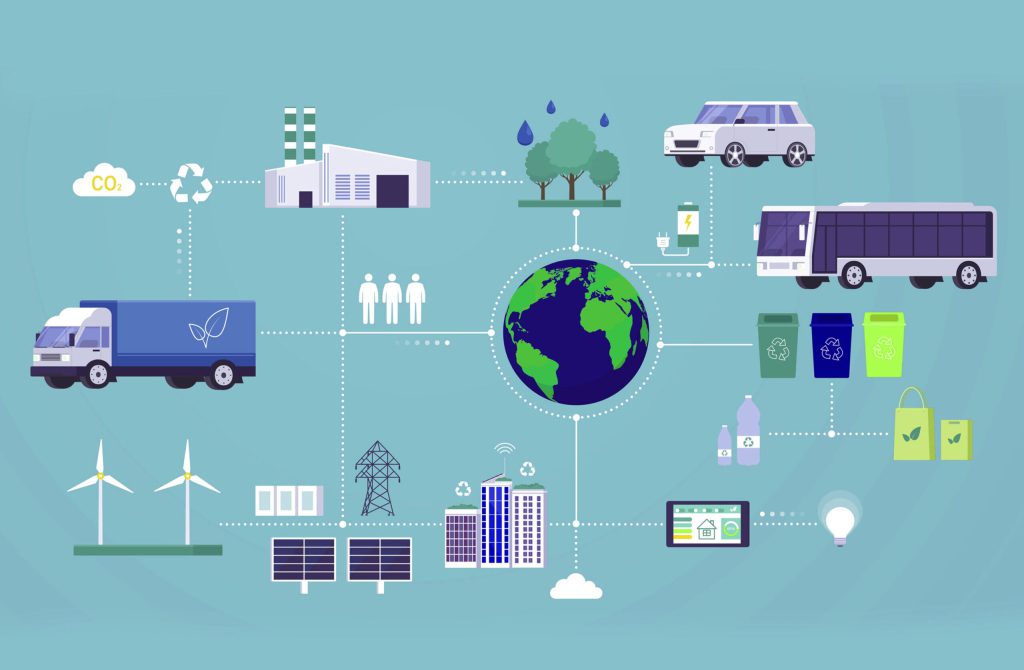
Sustainable Transportation: Green Mobility Solutions
Transportation is an essential part of our daily lives. We use it to commute, to travel, to deliver goods and services, and to connect with others. However, transportation also has a significant impact on the environment, contributing to greenhouse gas emissions, air pollution, noise pollution, and resource depletion. How can we reduce the environmental footprint of transportation while still meeting our mobility needs? In this blog post, we will explore some of the green mobility solutions that can help us achieve sustainable transportation.
Impact of Transportation on Environment
According to the International Energy Agency (IEA), transportation accounted for 24% of global CO2 emissions from fuel combustion in 2019, making it the second-largest source after electricity and heat generation. Transportation also contributes to other pollutants, such as nitrogen oxides (NOx), sulfur oxides (SOx), particulate matter (PM), and volatile organic compounds (VOCs), which can harm human health and ecosystems. Moreover, transportation consumes a large amount of energy and natural resources, such as oil, gas, metals, and minerals, which are finite and often non-renewable.
Green Mobility Solutions
To address the environmental challenges of transportation, we need to adopt green mobility solutions that can reduce emissions, improve efficiency, and conserve resources. Some of the green mobility solutions include:
- Electric vehicles (EVs): EVs use electricity instead of fossil fuels to power their motors, which can reduce CO2 emissions and air pollution. EVs can also be powered by renewable energy sources, such as solar or wind, which can further reduce their environmental impact. EVs include cars, buses, trucks, bikes, scooters, and trains.
- Public transportation: Public transportation can reduce the number of private vehicles on the road, which can lower congestion, emissions, and energy consumption. Public transportation can also provide affordable and accessible mobility options for people who do not own a car or cannot drive. Public transportation includes buses, trains, subways, trams, light rail, and ferries.
- Active transportation: Active transportation refers to human-powered modes of travel, such as walking, cycling, skating, or scooting. Active transportation can improve physical and mental health, reduce emissions and noise pollution, and save money. Active transportation can also be combined with public transportation or EVs for longer distances or different terrains.
- Shared mobility: Shared mobility refers to the use of shared vehicles or services for transportation purposes, such as carpooling, carsharing, ridesharing, bikesharing, or scooter-sharing. Shared mobility can reduce the number of vehicles on the road, which can lower emissions, congestion, and parking demand. Shared mobility can also increase social interaction and community cohesion.
Conclusion
Transportation is a vital aspect of our society but also a major source of environmental problems. To achieve sustainable transportation, we need to adopt green mobility solutions that can reduce emissions, improve efficiency, and conserve resources. By doing so, we can not only protect the environment but also enhance our quality of life.
If you liked this article, you might also find this interesting Climate Conscious Living: Sustainable Lifestyle Tweaks to Combat Climate Change

